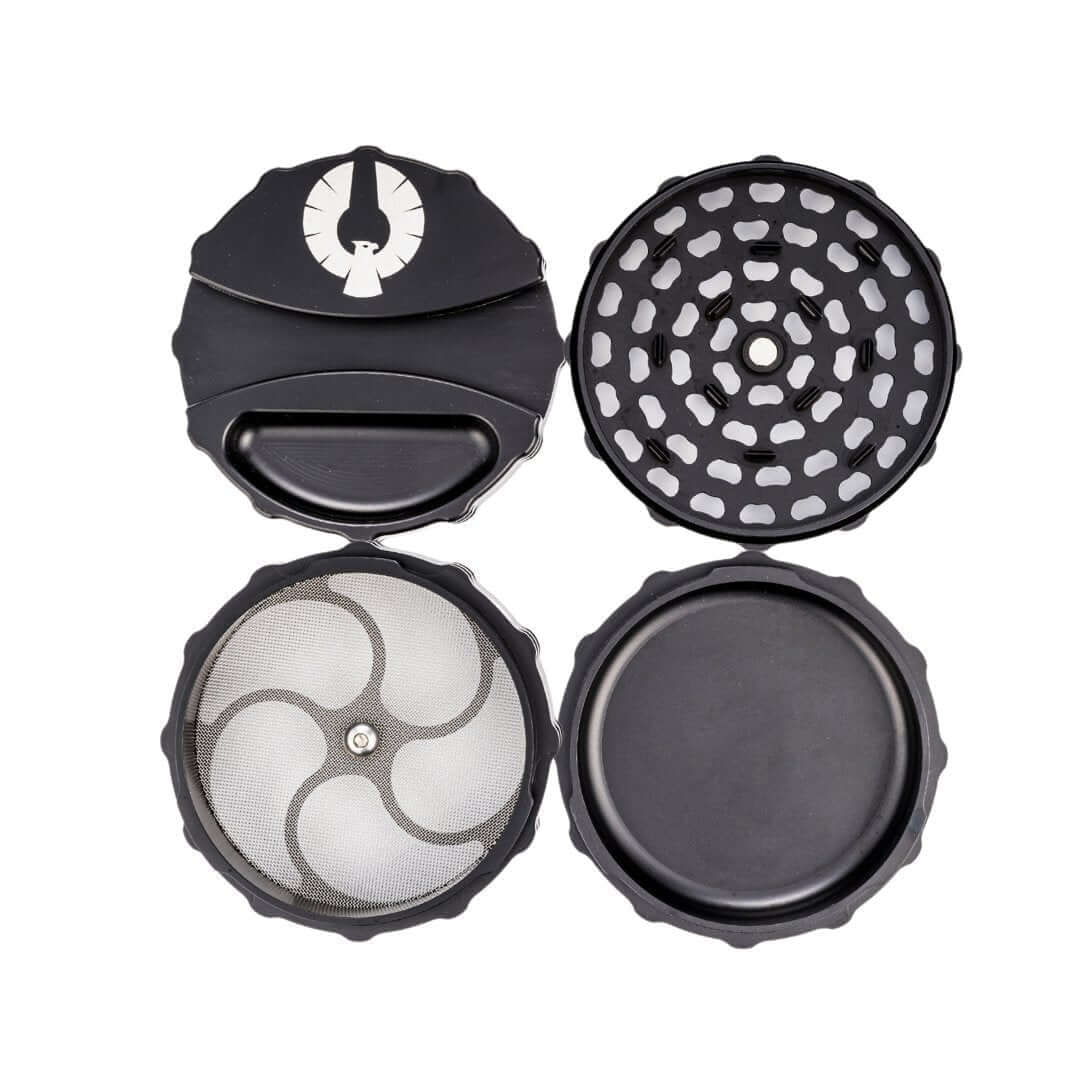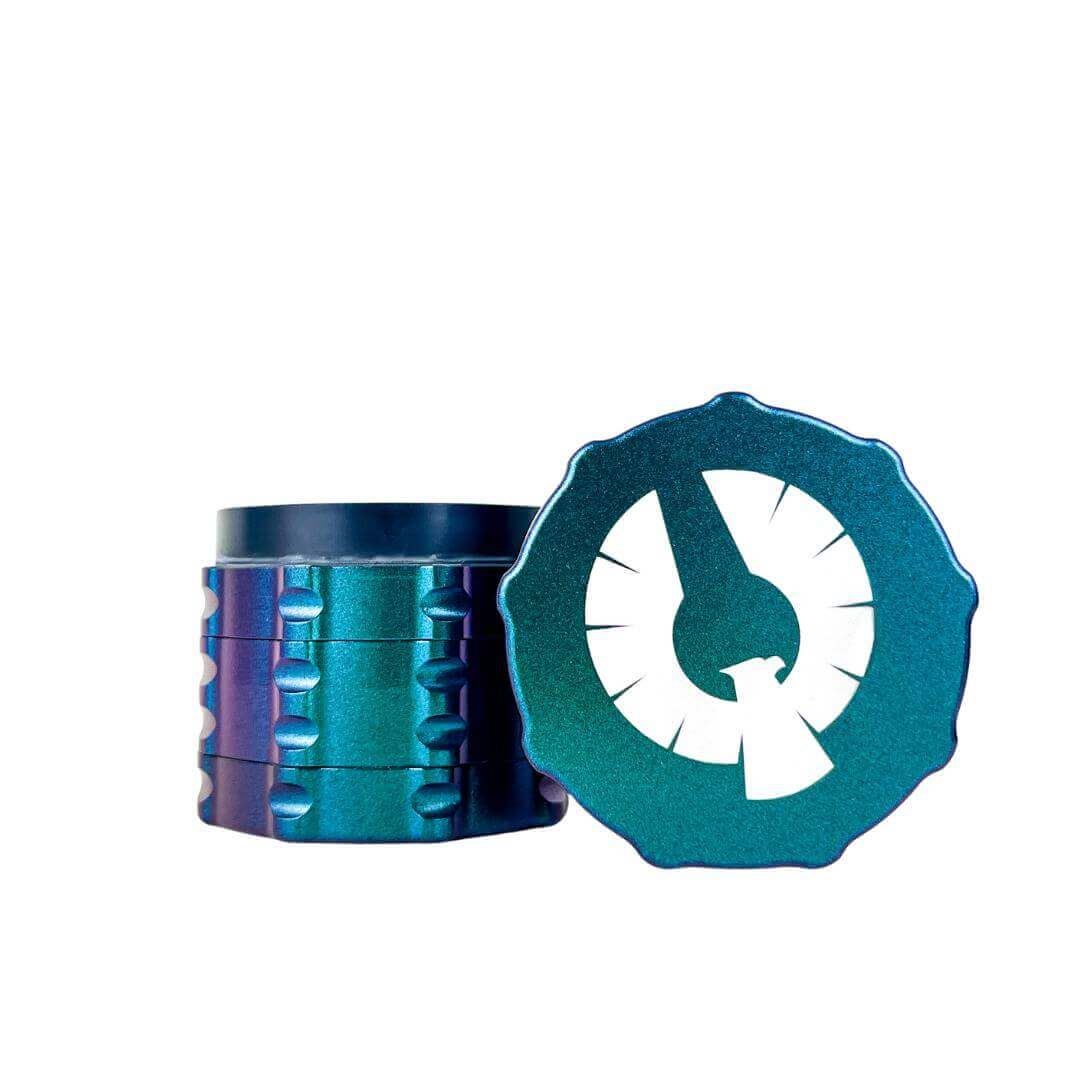Your Cart is Empty
FREE Shipping Over $100
FREE Shipping Over $100
Shop Herb Grinders
Cannabis in Music History: From Jazz to Hip Hop
September 22, 2024 3 min read
Cannabis in Music History: From Jazz to Hip Hop
The Jazz Era: Blazing a Trail with Cannabis
The relationship betweenmarijuana in music began to flourish prominently in the Jazz era. Iconic musicians of this time weren't just creating groundbreaking music; they were also pioneers in integrating cannabis culture into their art. The smoky jazz clubs of the 1920s and 1930s became the epicenters of early cannabis normalization, where the plant was seen as a source of inspiration and creativity.
Swinging to the Beats of Cannabis
Jazz musicians like Louis Armstrong, who was vocal about his marijuana use, paved the way forcannabis references in songs. These artists found in cannabis a companion for their creative processes, enhancing their musical expressions and freeing them from the constraints of the conventional world.

The Jazz clubs, brimming with innovation, became sanctuaries
where cannabis was celebrated. Musicians and audiences alike
embraced cannabis, not as a vice,
but as a vehicle for musical exploration and social bonding. This period laid the groundwork forcannabis references in songs, with lyrics often cloaked in metaphor, and compositions inspired
by the relaxed, euphoric effects of
cannabis.
The Psychedelic Rock Era: Cannabis as a Symbol of Counter-Culture
Moving forward to the 1960s and 70s, cannabis became a potent symbol of rebellion and counterculture. Bands like The Rolling Stones, and Jimi Hendrix were more than justiconic musicians and cannabis advocates; they were the voices of a generation seeking change. Their music, often laced with references to cannabis, reflected the zeitgeist of the era – a quest for freedom, peace, and new ways of thinking.

This period didn’t just reference cannabis; it revered it. Bands like The Beatles, with songs like “Got to Get You into My Life,” used cannabis as both inspiration and subject matter, echoing the era's broader experimentation with altered states of consciousness.
Cannabis References in the Flower Power Movement
This era witnessed an explosion ofcannabis references in songs. The lyrics became more overt, the rhythms more relaxed, and the overall vibe of music more aligned with the ethos of cannabis culture. Songs like Bob Dylan's "Rainy Day Women #12 & 35" with its chorus of "Everybody must get stoned" became anthems of this cultural revolution.
The Hip Hop Era: A New Chapter in Cannabis and Music
As we progressed into the 80s and 90s, hip hop emerged as a dominant force in music, bringing with it a new wave of cannabis culture. Artists like Snoop Dogg and Dr. Dre didn't just reference cannabis in their music; they celebrated it. Their songs and lifestyles played a significant role in shaping public perceptions about cannabis, transforming it from a symbol of counterculture to one of mainstream acceptance.

Decoding the Cannabis Culture in Hip Hop
Hip hop artists used cannabis as a tool to speak about broader social issues, from racial inequality to freedom of expression. In songs like "The Next Episode" by Dr. Dre and Snoop Dogg, cannabis was more than a subject; it was a narrative device that connected with the struggles and aspirations of an entire generation.
Tracks like Dr. Dre's “The Chronic” album took this to new heights, weaving cannabis into the very fabric of the music and culture of Hip Hop.Cannabis references in songs went beyond mere mention. They became narratives that intertwined with themes of struggle, success, and authenticity.
Conclusion
From the smoky jazz clubs of the early 20th century to the electrifying beats of modern hip hop, cannabis has had a profound and lasting impact on the world of music. Its journey through different musical eras not only highlights the evolution of music but also reflects the changing societal attitudes towards cannabis.
As we look back on the rich history ofmarijuana in music, it's clear that cannabis has been, and continues to be, a powerful force in shaping art, culture, and social change.
Also in The Grind

Understanding Cannabis Terpenes: Enhancing Your Experience
November 02, 2025 5 min read
Terpenes play a crucial role in the flavor and effects of cannabis, yet they’re often overlooked. This article breaks down what terpenes are, how they work with cannabinoids, and how to use them to tailor your cannabis experience. Discover the science behind the smells and effects of your favorite strains.

The Endocannabinoid System: How Cannabis Interacts with Our Bodies
October 19, 2025 2 min read
Continue Reading
The Ultimate Grinder Guide: How to Choose the Right Grinder for You
October 10, 2025 3 min read
Continue Reading






